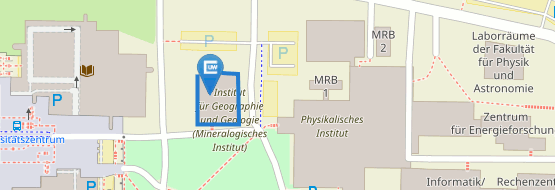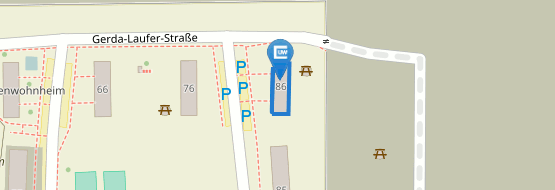Derivation of biophysical parameters with high resolution synthetic remote sensing data using statistical methods

Associated project: Techs4TimeS
Financing Institution: University of Wuerzburg
Study Area: Western Pomerania - Germany
Key words: Biophysical parameters, Winter wheat, Maize, datafusion
With regard to global food security the modelling of plant growth and yield with high resolution satellite data is an important issue. The generation of high-resolution time series is usually hampered by reduced temporal coverage and atmospheric disturbance. The resulting variability in observation times significantly reduces the consistency of large area observations and can negatively impact on subsequent applications.
The focus of this dissertation first lies on the development of a datafuion-framework and analysing methods that allow a targeted evaluation of RapidEye data sets as well as MODIS and Sentinel in order to generate time series in unprecedented temporal and spatial detail. To achieve this, prior methods for data synthesis and data fusion shall be taken up, further developed and optimized with regard to their performance.
A second major goal is the concrete application of the improved seasonal time series in an exemplary scenario, which will reveal key benefits and demonstrate practicability. As an example the biophysical parameters Fraction of Absorbed Photosynthetic Active Radiation (FAPAR) and the Leaf Area Index (LAI) are derived by using statistical. The focus is set on the minimization of computation efforts for mapping extensive areas.
As a study site the TERENO test site DEMMIN in Mecklenburg-Western Pomerania was selected. In collaboration with the calibration and validation facility DEMMIN (DLR) in situ data was collected in 2014 and 2015. On several wheat and maize fields LAI, FAPAR, vegetation height and chlorophyll were measured each week during the vegetation period. Destructive sampling served for the calibration of the LAI.
Cooperation:
This work is carried out in the framework of the Techs4TimeS-project („Development of innovative preprocessing- and analyzing techniques for an improved interpretation of Sentinel-timeseries”), financed by the German Office of Economy and Energy.
Contact: Thorsten Dahms



